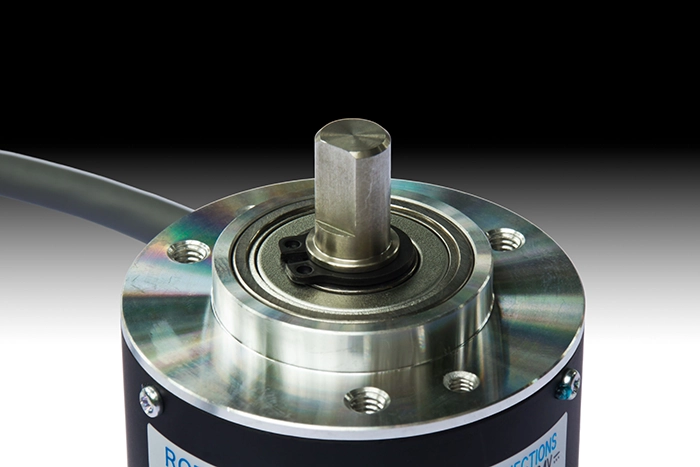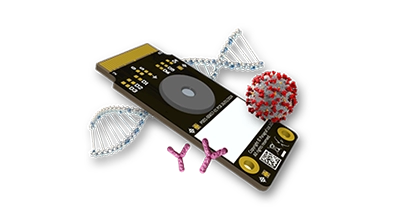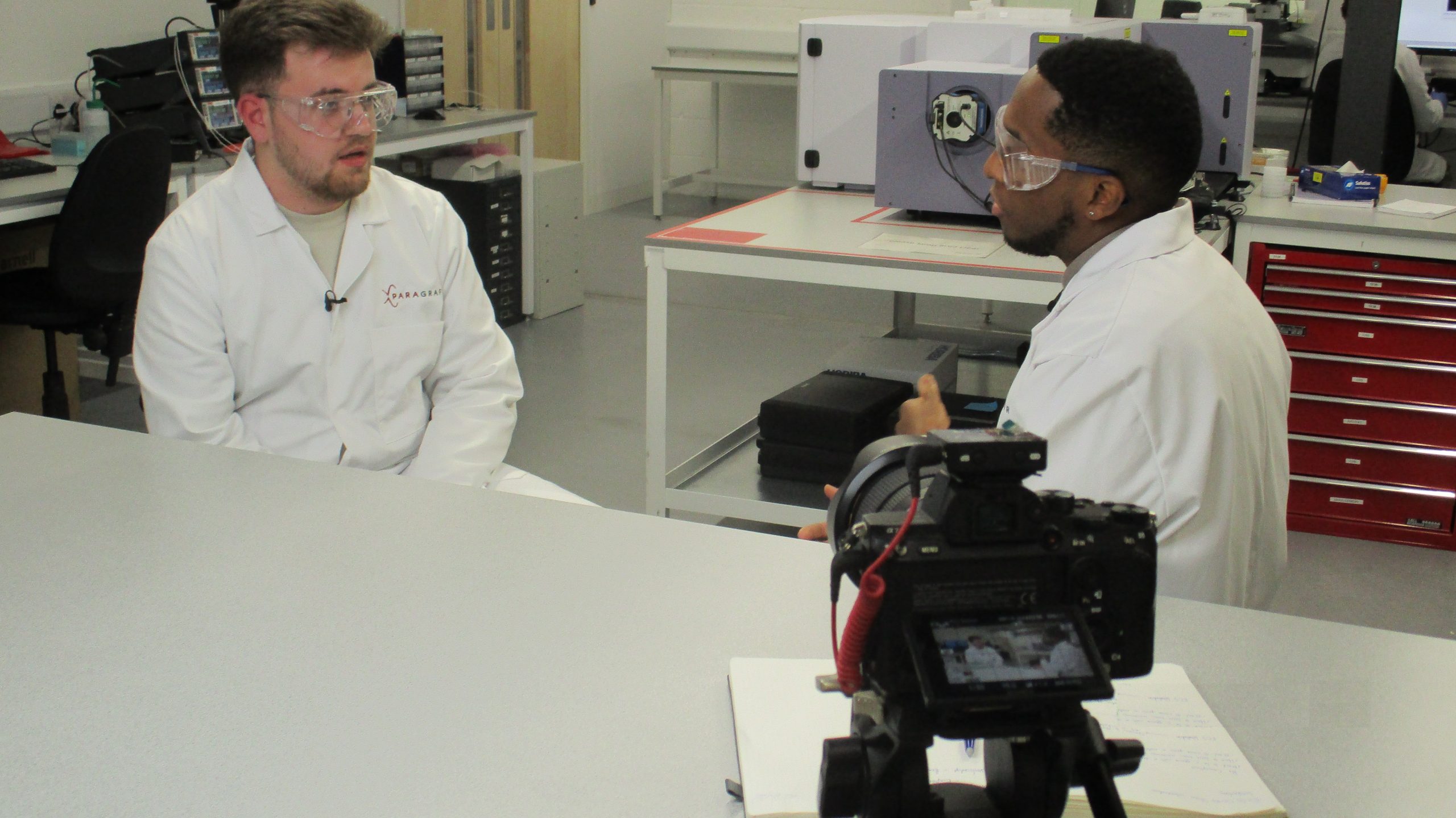 From machine tools and avionics to power generation and industrial drive systems, encoders are facing demand for sub-micron levels of resolution. This means that the shortcomings of conventional encoder set-ups are becoming more apparent, and a different approach must consequently be taken to allow positioning and linear/rotational movement to be accurately tracked.
From machine tools and avionics to power generation and industrial drive systems, encoders are facing demand for sub-micron levels of resolution. This means that the shortcomings of conventional encoder set-ups are becoming more apparent, and a different approach must consequently be taken to allow positioning and linear/rotational movement to be accurately tracked.
This demand for higher-performing encoders is driving double-digit growth in the worldwide market. Analyst firm Research & Markets estimates that it will go from an annual revenue of $2.7 billion in 2023 to $4.5 billion by 2028[1]. To compete in this market, encoder manufacturers must find ways to differentiate their products through either raising performance benchmarks or reducing the total cost of their solutions.
Driving this demand is the fact that the feature sizes that tools need to deal with get smaller and positioning of equipment need to support tighter incremental changes. Such increases in resolution must be attained while keeping the overall cost of the bill of materials (BoM) low in order to protect profit margins. Likewise, these resolution improvements cannot add to the size of the encoder solution, as this will cause major problems when it comes to integration.
Current encoder designs
Most encoders rely on either optical or magnetic arrangements. Optical encoders are more common but are not robust. Their disks are prone to damage through shocks or vibrations, which means that they are ill-suited for deployment in challenging industrial environments. They also rely on line-of-sight technology, which fails when contaminants cover the encoder disks.
Magnetic encoders are heavier-duty solutions that are better aligned with industrial applications. They offer a longer-term operational lifespan and are less vulnerable to contaminants; however, the resolutions they can achieve are significantly lower. This makes them impractical in applications where a high degree of accuracy is more important than durability.
OEMs want a new kind of solution that combines the high-resolution capabilities of optical encoders with the assured robustness of their magnetic counterparts. Until now, these attributes have been largely mutually exclusive, but innovations with regard to magnetic sensors are prepared to combine the benefits of both conventional encoder designs.
How Paragraf can help
Paragraf’s graphene Hall sensors (GHS) are capable of delivering a number of enhancements to encoder performance due to the unique properties that graphene possesses:
- Graphene is an incredibly strong material (200 x stronger than steel). This means that it is highly suited to industrial deployment, exhibiting exceptional resilience to shocks and vibrations.
- It is highly sensitive, even slight changes in a magnetic field can be registered.
- As graphene consists of a single layer of carbon atoms just 34 nm thick, it is effectively two-dimensional (2D). Consequently, graphene sensor elements are less vulnerable to noise from stray magnetic fields.
The proprietary technology that Paragraf has developed is bringing the incredible capabilities of graphene out of the lab and into the commercial world. Through a scalable, direct-deposition technique that seamlessly integrates with semiconductor industry production workflows, Paragraf has made the high-volume fabrication of graphene-based electronic components possible. Our technique eliminates the need for graphene to be transferred from another substrate, eliminating the contamination and structural integrity issues that others attempting to build graphene-based electronics have experienced.
Paragraf’s GHS sensors deliver much higher magnetic field resolutions than are possible with conventional magnetic sensors, going all the way down to sub-µTesla levels. As a result, considerably smaller changes in position can be ascertained.
Our field-proven GHS will leverage these benefits to offer encoder manufacturers the technology needed to revolutionise their products. It will give them the opportunity to address the demands now being set by OEMs of machine tools and other forms of industrial equipment.
What all this means for encoder manufacturers and industrial OEMs
Through designing graphene-based sensors into their designs, encoder manufacturers pass along a host of benefits to the OEMs they serve, including:
- By having access to more accurate sensing capabilities, demands for higher resolution can be met using a smaller number of components. Systems will therefore be simpler to implement, reducing BoM costs whilst improving profitability without compromising accuracy levels.
- The reduction of noise from stray fields will significantly reduce the amount of magnetic shielding needed, again reducing the overall expense and payload.
- Calibration during encoder production will be much more straightforward, with less work involved – equating to lower engineering costs. After encoders have been deployed into end customers’ equipment, recalibration will need to be carried out on a far less regular basis. This will allow production lines to keep running for longer, boosting productivity and avoiding downtime.
Paragraf is ready to work with encoder manufacturers to create bespoke solutions for meeting the need for improved resolution. Please contact us to discuss how we can meet your company’s needs and register to our mailing list so that you can keep up on how Paragraf is using graphene to providing new solutions.
[1] Global Encoder Market by Encoder Type (Linear, Rotary), Signal Type (Incremental, Absolute), Technology, Application (Industrial, HC, Consumer Electronics, Automotive, Power, FnB, Aerospace, Printing, Textile), and Region – Forecast to 2028 – Research & Markets







